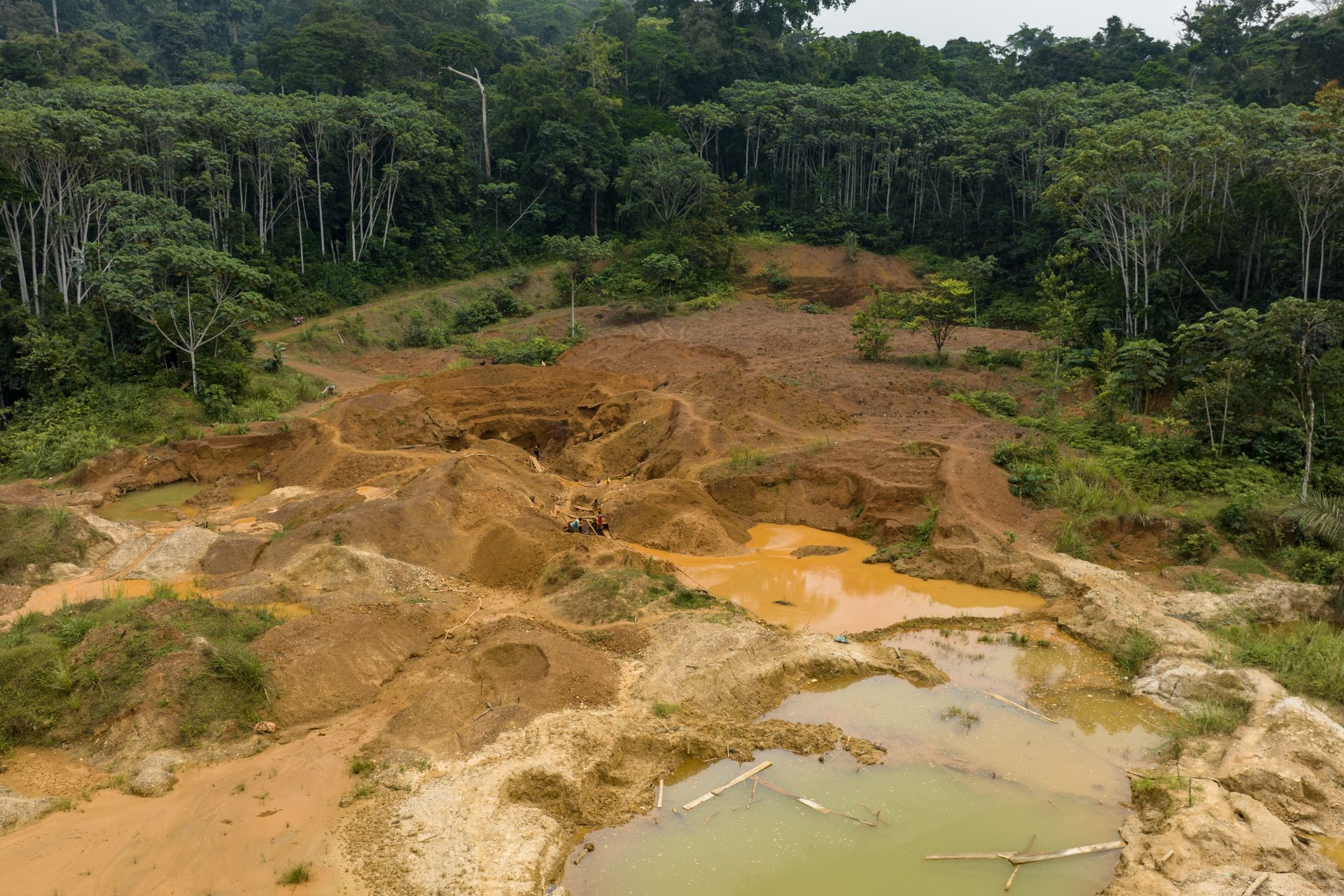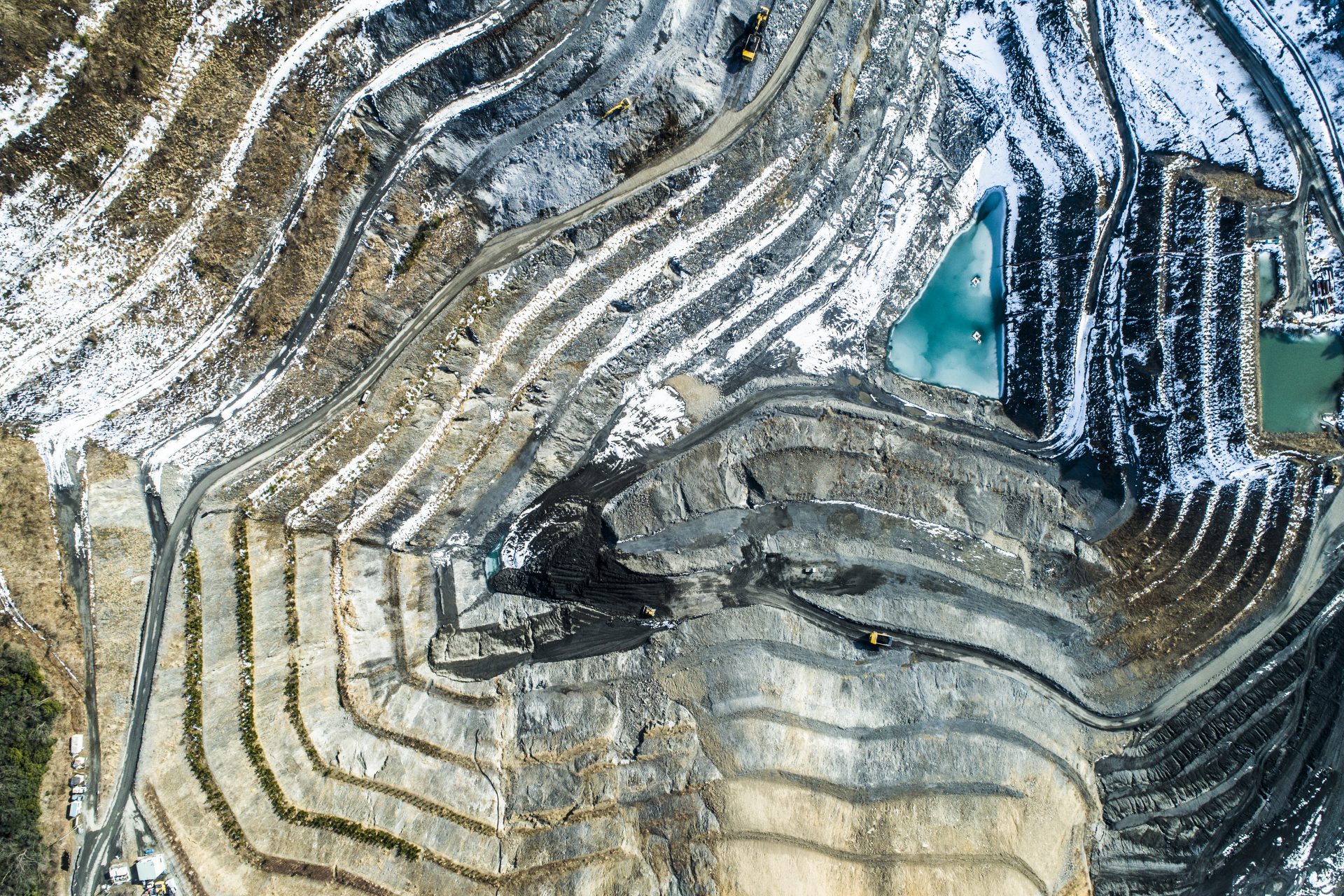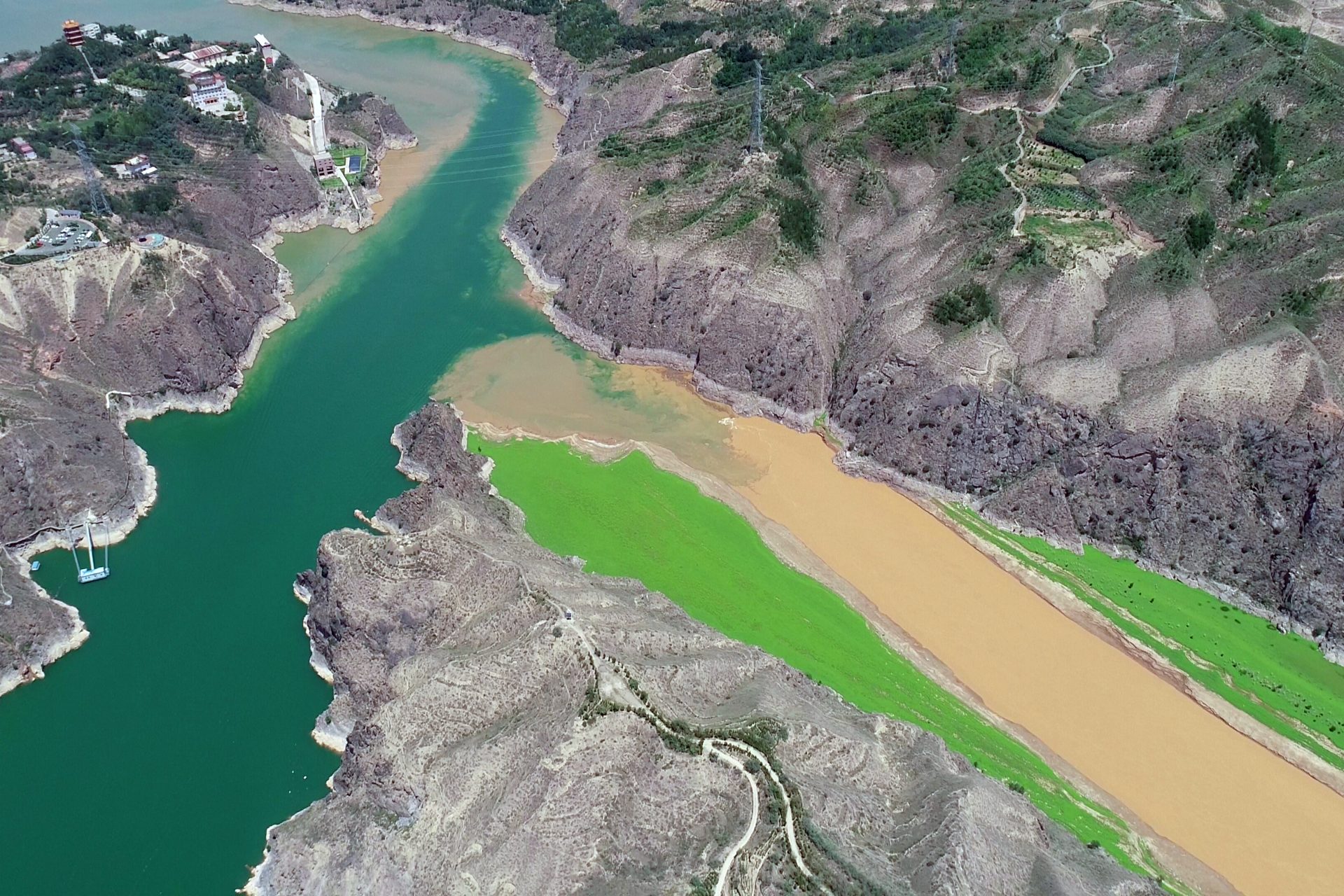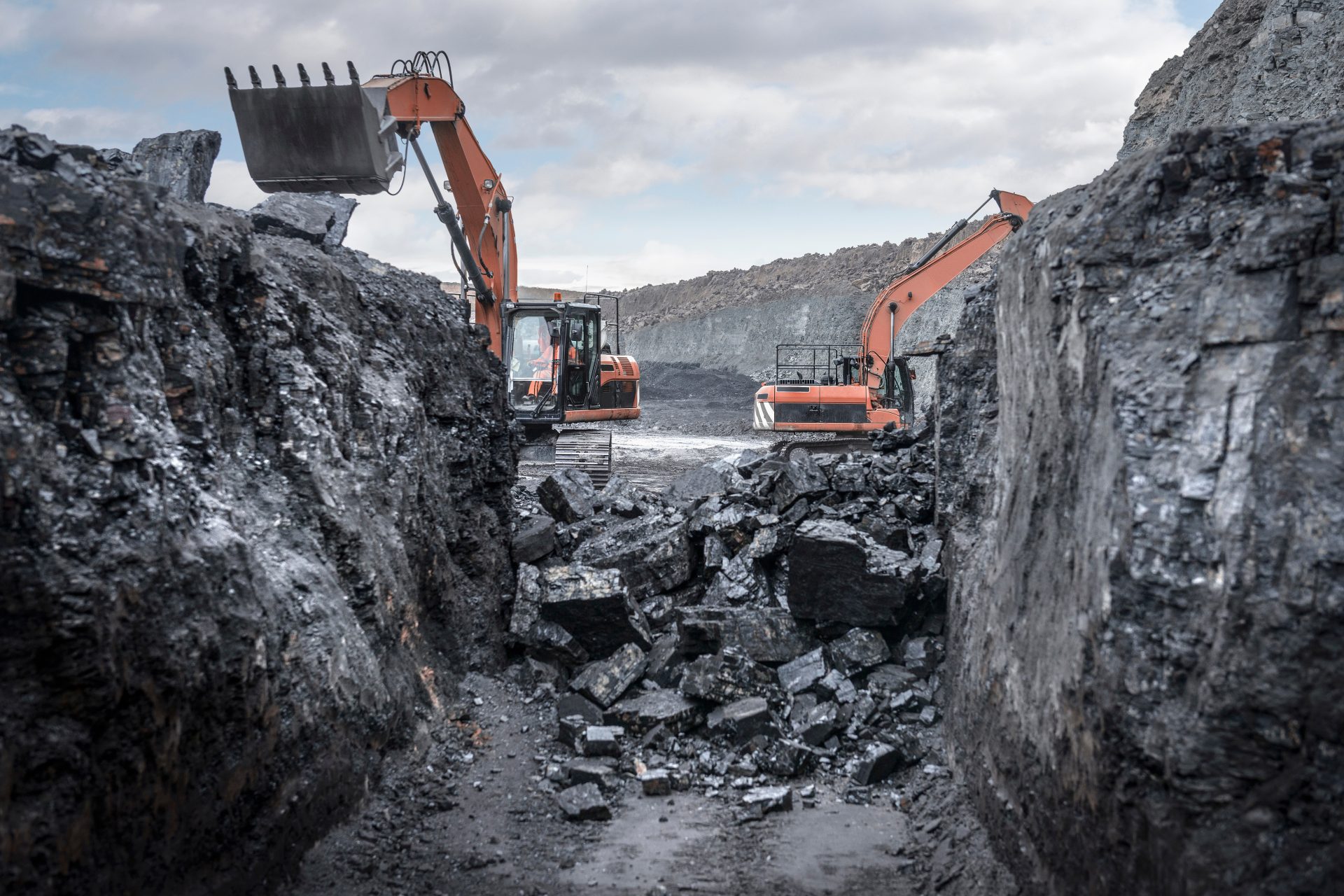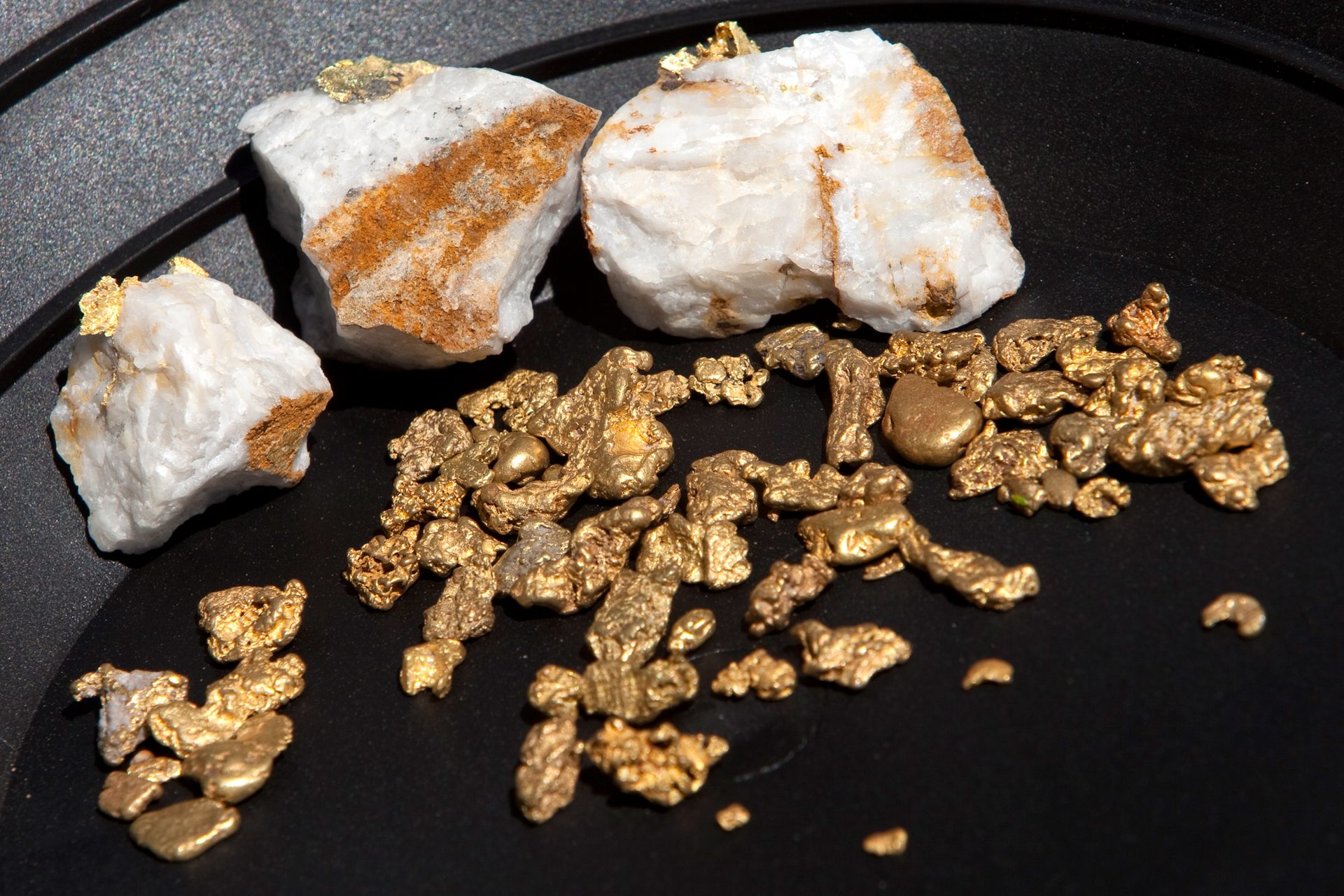Natural resources that are nearly depleted
In our daily lives we use natural resources to sustain the advances of modern life, but some are finite and cannot be regenerated in short periods of time, which means that, at the pace at which humanity is using them up, we will soon be we will be left without.
Among the reasons we find ourselves in this situation are overpopulation, uncontrolled consumerism, lack of awareness, pollution and climate change.
According to a study carried out by the Global Footprint Network Institute, in 2023, it took humanity 200 days to use up the planet's resources generated for that year. It is an alarming situation, to say the least, and one that will likely be repeated or worsen in 2024.
We often talk, for example, about coal, oil, and natural gas. But there is more. What natural resources could be depleted in the coming years?
The Earth is made up of 70% water (hence the nickname the blue planet), but only 2.5% is fresh water. In turn, some of this fresh water is not directly available, as it is in the form of ice or snow.
Considering its essential use both for consumption and in agriculture, the vital importance of this resource is evident. However, fewer and fewer people have access to it. According to estimates by the Food and Agriculture Organization of the United Nations, by 2025, 1.8 billion people will not have access to fresh water.
Photo: Unsplash - Melissa Askew
According to different studies, between 600,000 million and 800,000 million barrels of crude oil, the black gold, currently remain to be extracted. This means that at today's rate, oil will be exhausted by the year 2043. Although by then, a great advance in renewable energy is planned.
It is one of the most used fossil fuels, and a Science Advances study says that it began to be used in China 3,600 years ago. As a non-renewable source, there will come a day when it will run out if we continue to use it with the same intensity. In 2022, the World Coal Association announced that about 1 billion tons are left, which means there are 132 years left before it runs out.
It has been appreciated for millennia for its scarcity and rarity, but the end of gold could be near judging by what emerges from a study by the Spanish Higher Council for Scientific Research and the Autonomous University of Barcelona (UAB), published in January 2023. Specifically, the date would be the year 2050.
According to some experts' calculations, there will be a shortage of helium within 30 to 50 years and it could be a problem since it has a very important medical use: cooling the magnets in MRI scanners. Robert Richardson, Nobel Prize winner in Physics and professor at Cornell University, said in 2010 that we must begin recycling it to prevent its reserves from being depleted.
Copper, so prized for its electrically conductive qualities, could soon disappear. Demand exceeds supply, and there is currently a global shortage that translates into a price rise and an alarming situation regarding a possible shortage.
Phosphorus was discovered by the German alchemist Hennig Brand by chance in 1669, while searching for the philosopher's stone. And its use is not limited to matches, since it is also a great fertilizer. However, its overexploitation in recent years has endangered the very existence of the deposits and has caused the contamination of many freshwater ecosystems.
Gallium is a very rare mineral, discovered in 1831, with excellent properties (its melting point is very low and its oxidation resistance) that has been used in recent years to manufacture parts for mobile phones, computers or televisions. And in the consumerist world in which we live, its rise has led it to a critical situation that could lead to its disappearance.
With the growth of the world's population, the space for building, cultivating or ranching is running out, leading some countries in the world, such as China, to buy land in other countries in Africa or Latin America in order to continue meeting their needs.
It is increasingly difficult to put an element into Earth's orbit. Why? Because of the space debris that orbits the planet, made up of remains from other launches in the past.
The expectations regarding the depletion of natural gas, one of the main sources of energy we have today, are not better either, which are estimated to last only between 60 and 80 years.
More and more sand is needed. And not only to carry out bridge or road construction, but for many other uses, such as the manufacture of glass or microchips. We usually think that it is an infinite resource due to its abundance but, given the slowness of its natural formation process, it could be exhausted in a few years.
In recent times, the use of this precious mushroom in a multitude of recipes has become popular. They are true treasures hidden in some forests in France, Spain or Italy, but they are increasingly difficult to find (which means that their price continues to increase). The reason? Some point to climate change and extreme droughts.
More for you
Top Stories




